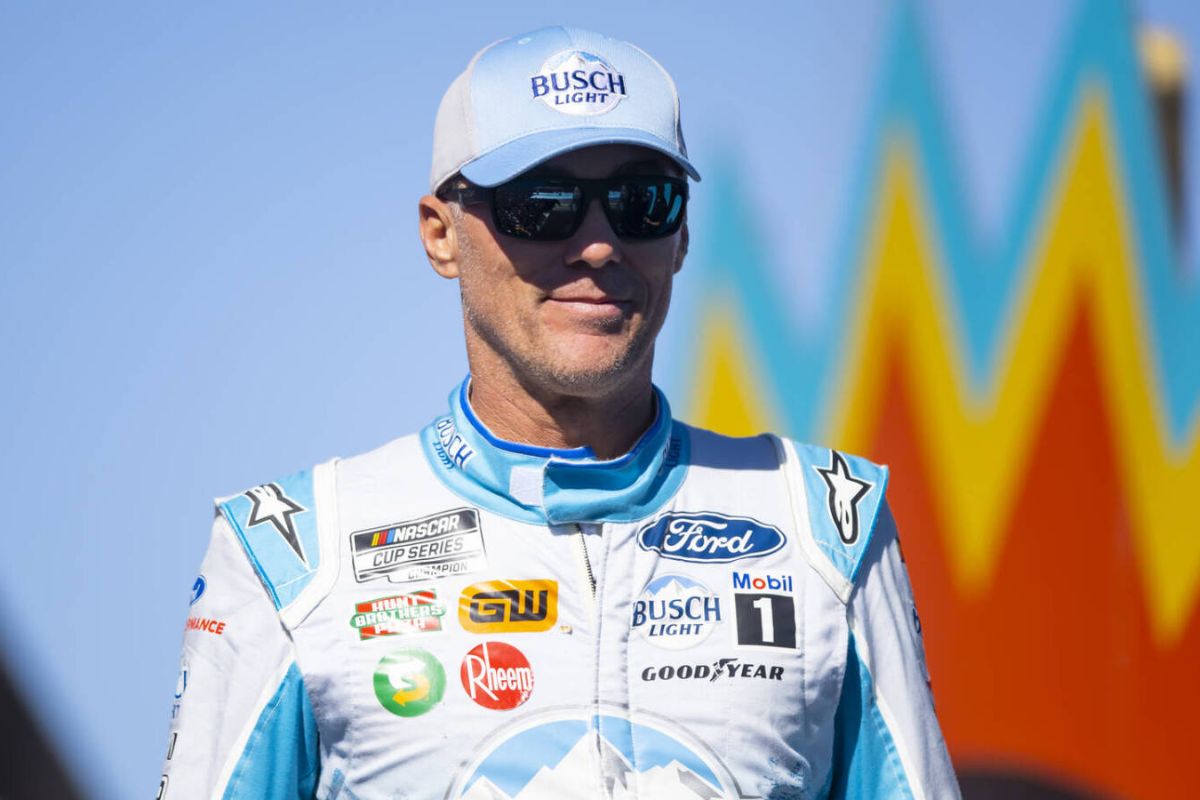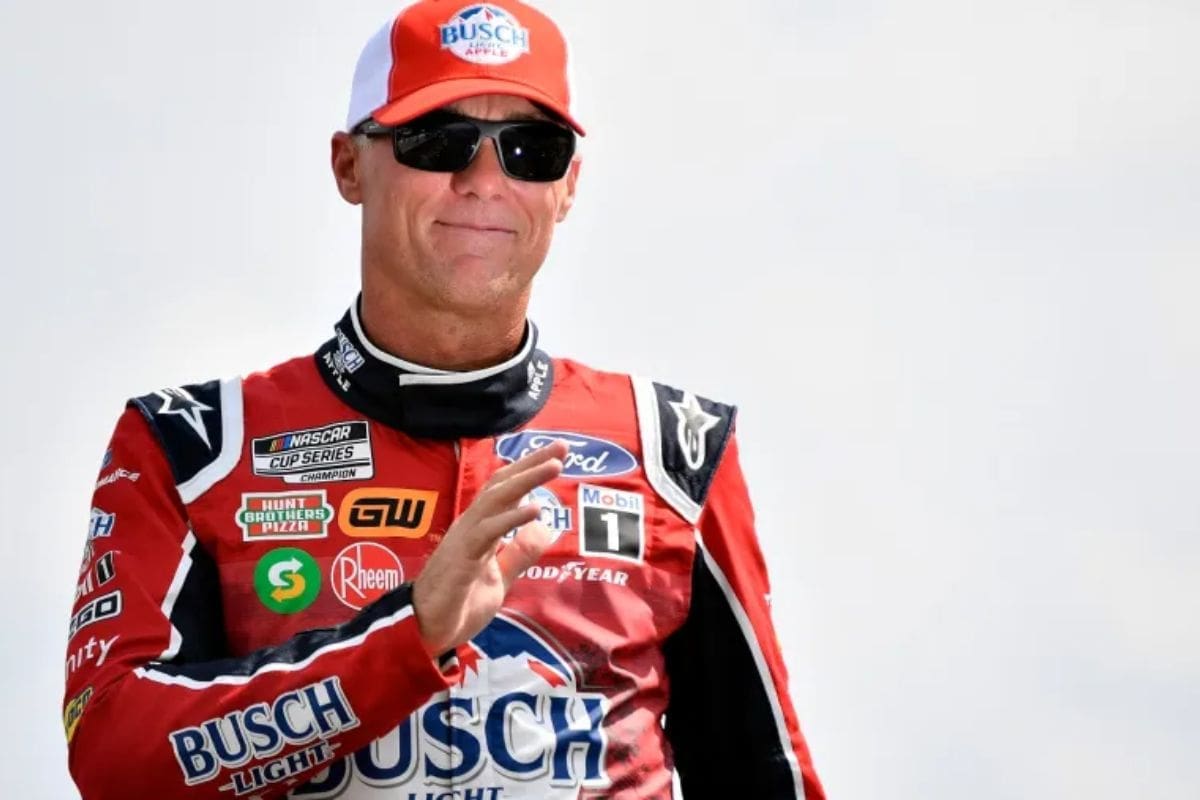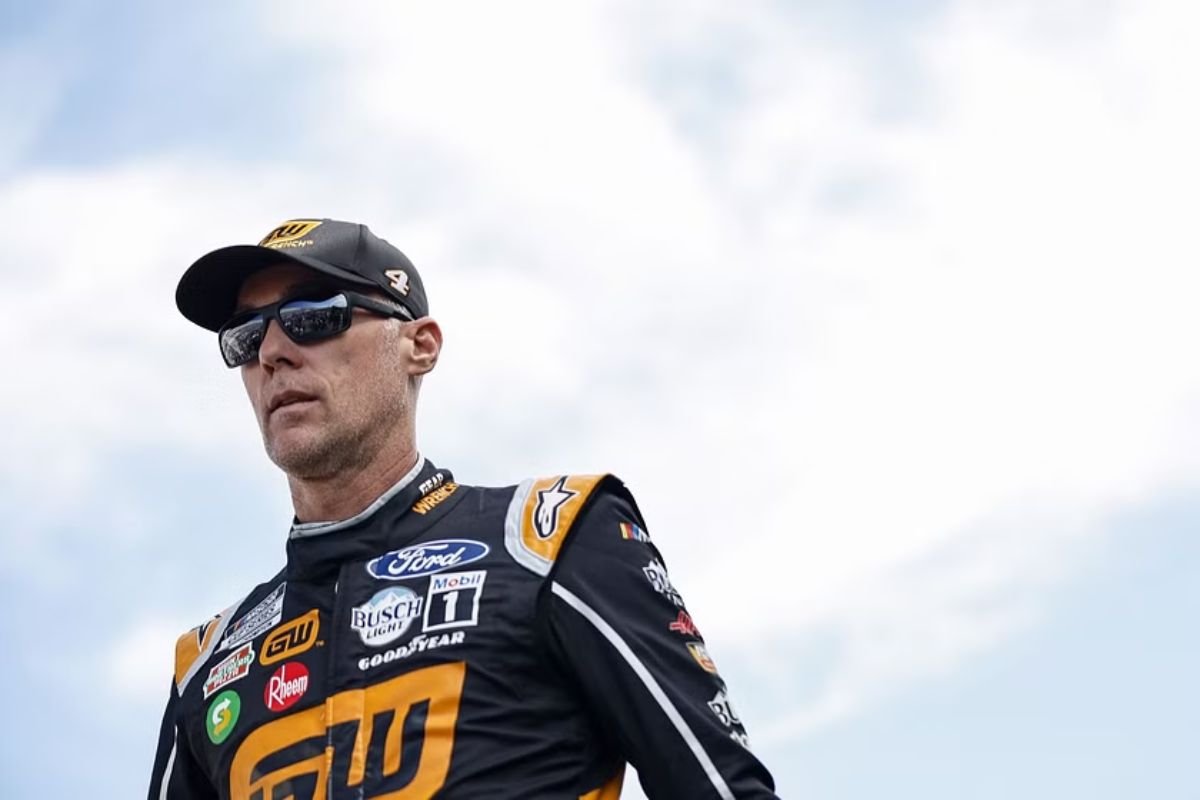Kevin Harvick Reveals Texas Motor Speedway’s Secrets: Kevin Harvick’s disclosure about the Texas Motor Speedway offer an glimpse into the complexities of navigating one of NASCAR’s most challenging circuits. By examining differences between the track’s turns, he put a light on the crucial need for adaptability and precision in both vehicle setup and racing strategy. Harvick’s insights highlight the combination of technical expertise and split-second decision-making that are vital for mastering the speedway, emphasizing the dynamics that are carried in NASCAR.
Key Takeaways
- Harvick highlights the distinct challenges between turns 1 and 2 versus turns 3 and 4, requiring different strategies.
- Adapting to the variability in banking angles at Texas is crucial for success, according to Harvick.
- A meticulously calibrated vehicle is essential to navigate the track’s unique configuration effectively.
- Harvick’s success at Texas post-2017 reconfiguration showcases his adaptability and strategic racing acumen.
- Understanding the variations of the track and making dynamic adjustments mid-race are key insights from Harvick for mastering Texas Motor Speedway.
Kevin Harvick Discusses Challenges of Racing at Texas
Mastering the complexities of Texas Motor Speedway, Kevin Harvick has articulated the multifaceted challenges that make the circuit a demanding test for NASCAR drivers. Texas Motor Speedway stands as a unique venue within the NASCAR series, not just for its glorious history but for the distinct demands it places on drivers and their teams.
Despite undergoing a significant reconfiguration in 2017, which drew mixed reactions from the racing community, the track has retained its reputation as a challenging circuit that tests the mettle of even the most seasoned drivers.
The reconfiguration introduced changes to the track’s banking and layout, notably altering the dynamics of racing strategy and vehicle handling. For a driver like Kevin Harvick, who has consistently showcased his talent and adaptability at Texas, the circuit represents a blend of technical challenge and strategic depth.
Insight from Kevin Harvick on Texas Racing
During a recent episode of his Happy Hour podcast, Kevin Harvick explored the difficulties of competing at Texas Motor Speedway, particularly highlighting the distinct challenges posed by the differing configurations of turns 1 and 2 versus turns 3 and 4. Harvick’s insight into the Texas circuit sheds light on the different approach required to excel on this unique track. By analyzing the contrasting nature of the track’s turns.
“Very unique track though. You’ve got a really flat corner, they changed turns one and two, it’s really wide and really flag, they’re going to put the PJ1 down in the third groove like they normally have,”
“Turns three and four they’re super banked, super bumpy. They ground the bump a little bit in three and four, but it’s still pretty bumpy. So, the way that you drive it is just completely different from one end to the other.”-(Kevin Harvick)
The contrast between turns 1 and 2 and turns 3 and 4 at Texas Motor Speedway cannot be overemphasized. Harvick emphasized that each set of turns presents a unique set of challenges, requiring drivers to adapt their approach mid-race continually. The variability in banking angles and radii necessitates a high degree of precision in car setup and driving style. Harvick’s highlights the importance of a meticulously calibrated vehicle that can handle the track’s complexities, combined with a driver’s ability to dynamically adjust their racing lines and braking points throughout the race.
“Turn one is just one of those corners where you just have to get that thing in there, it’s unsettled because the race track is flat. With the Cup cars, it’s a really tricky balance in the heights of the car because you want the car to be as low as possible in one and two to get as much grip as possible, being low to the ground, and in turn three and four the car wants to hit the ground because it has so much more load than turn one and two.”
“So you have to balance keeping it off the stops and keeping it off the ground to keep it as low as possible in turns one and two but cars want to get really tight in turns one and two there, the way that the wind blows always blows pretty good there towards the exit of turn two so you never know what you’re going to get there. But really difficult track to make your car handle good.”-(Kevin Harvick)
Harvick’s Dominance at Texas
Kevin Harvick’s dominance in the Texas Motor Speedway arena, especially after the 2017 track reconfiguration, highlights his unmatched flexibility and strategic planning in navigating the circuit’s distinctive challenges. Harvick’s swift mastery of these changes is a reflection of his deep understanding of race dynamics and his ability to adjust his racing strategy under evolving conditions.
From 2017 to 2019, Harvick’s performance in the fall races at Texas Motor Speedway was nothing short of spectacular, securing three consecutive victories in these events. This streak not only emphasizes his prowess on the track but also solidifies his reputation as a formidable competitor at Texas.
The Future of Racing at Texas
As the NASCAR series progresses, the distinct characteristics of Texas Speedway, known for its ability to produce unpredictable outcomes, have the potential to greatly influence the future of racing at this iconic track. The anticipation surrounding its capacity to deliver exciting races, despite prevalent doubts, speaks volumes about the inherent unpredictability and the thrilling chaos it can release.
The speedway demands a high level of skill from drivers, making it a true test of their abilities. This aspect alone ensures that each race at Texas remains highly anticipated by fans, keen to witness the spectacle of drivers conquering its challenges. The track’s potential to create chaos, a factor that has historically led to some of the most memorable moments in NASCAR.
News in Brief
Kevin Harvick’s detailed examination of Texas Motor Speedway provides invaluable insights into the complexities of NASCAR racing on this distinctive track.
His analysis emphasizes the necessity for precision in vehicle tuning and adaptability in strategy to navigate the varying banking angles of the turns successfully.
Harvick’s revelations not only highlight the intricacies of mastering Texas Motor Speedway but also reflect the broader demands of technical knowledge and strategic planning essential for excellence in NASCAR racing.
Our Reader’s Queries
Q. How many kids does Kevin Harvick have?
A. Kevin Harvick and his wife, DeLana Harvick, share a family of four, including their son, Keelan Paul Harvick, and daughter, Piper Harvick. The couple tied the knot in the city of Las Vegas on February 28, 2001.
Q. Who did Kevin Harvick drive for?
A. Most notably, he won the 2014 Cup Series championship during his debut season with Stewart-Haas Racing.
Q. Why is Kevin Harvick retiring?
A. He undoubtedly leaves a lasting legacy as one of the sport’s finest, a driver whose influence extended both on and off the track. In a heartfelt announcement back in January, the 47-year-old Harvick revealed that the 2023 season would mark his final one, opting to retire and prioritize spending precious moments with his cherished family: wife DeLana, son Keelan, and daughter Piper.
ALSO READ: Kevin Harvick’s Near Brawl with Kyle Busch: Insider’s Shocking Confession!




